Fantastic Firefly Finds
In the dead of night, little lights blink intermittently and shine in the darkness. What are these lights you ask? They are fireflies, a species of beetles, contrary to what some believe to be flies.
Indicator of a Healthy Ecosystem
The firefly’s lifespan varies. For our local mangrove fireflies, it is estimated that the larvae stage is at least three months, pupa stage is for at least a week, and an adult lives for at least a week and up to a month.
The lifespan of fireflies varies. The adult firefly (left) can lives for up to a month, while the larvae stage (right) can be at least three months. Photo credit: Max Khoo and Zestin Soh.
During the larvae stage, mangrove fireflies prey on invertebrates that live in the mud, such as mangrove snails that feed on mangrove leaf litter. As its life cycle is intrinsically linked to the habitats it lives in, it is important to conserve the mangrove firefly’s habitat to boost the firefly population.
Mangrove fireflies are highly sensitive to changes and are very susceptible to human impact, such as light pollution, pesticides, and urban development. A mangrove firefly habitat consistent sources of water, damp mud and high humidity and minimal light pollution. Hence the fireflies’ presence is a good biological indicator of a healthy mangrove habitat.
Visit the mangroves in Pasir Ris Park for the opportunity to spot fireflies in Singapore. (Left) Photo credit: Max Khoo
Although small in number, there are at least 10 species of fireflies in Singapore. While they may be hard to spot on Pulau Ubin and in our nature reserves, a more convenient place to see them would be around the mangroves in Pasir Ris Park.
Fireflies of Singapore
Here are the common genera of fireflies that can be found around Singapore.
1. Pteroptyx sp.
Pteroptyx, also known locally as the mangrove firefly, can be found in small patches of mangroves located at Pasir Ris, Pulau Ubin as well as Sungei Buloh Wetland Reserve. Male mangrove fireflies sometimes congregate at the top of mangrove trees and if you are lucky, you will be able to see the “fairy light” effect displayed by them. The young of this species can be found feeding on small snails in the foliage.
2. Diaphanes sp.
The Diaphanes can be commonly seen in Pulau Ubin. The males fly relatively low to the ground, have downturned eyes and do not blink their lights. The females seen in Pulau Ubin do not have wings and retain some larval characteristics. This species can usually be found in secondary forests with a nearby freshwater source.
3. Pyrocoelia sp.
The Pyrocoelia can be found in Singapore’s secondary forests. The adult tends to frequent the forest fringe in open areas, as well as forested areas. The larva inhabits areas with moist, wet soil, and leaf litters at the forest fringes.
Conserving Fireflies
Panasonic Asia Pacific supports the Firefly Species Recovery Programme which aims to foster a healthier environment in Pasir Ris Park and boost the mangrove firefly population in Singapore.
Wildlife-friendly lights have been installed along the mangrove area. These lights have longer wavelength and have less impact on animals. They are also directed away from the mangrove, thereby reducing light pollution. Trees have also been planted in the mangrove to enhance the habitat for fireflies.
Staff have also been trained as volunteers to conduct regular firefly population surveys. The data is part of the ongoing long-term monitoring of the Pasir Ris Park firefly population, and also to monitor the effectiveness of the habitat enhancement works. An educational signboard has also been put up to provide information on the firefly population, their habitat, and ongoing conservation efforts.
You can play a part to support our efforts in protecting and enhancing our natural heritage too. For more information, please visit Garden City Fund.
Learning More
Discover more of the wonders of our rainforest including these fireflies! Check out our NParks Spotlight webminar for more information.
If you are heading to our green spaces, do the right thing and be socially responsible. Maintain a safe distance from other park goers and keep to not more than five persons in a group. Always wear a mask except when you are engaged in strenuous exercise or when consuming food, drink or medication.
Do check out the visitorship levels of our parks using our safe distancing portal before you head down and avoid the ones with high visitorship.
Visit NParksSG, our refreshed YouTube Channel that serves as a one-stop repository for close to 300 video resources. It also provides you a platform for existing and future digital outreach including DIY gardening and related crafts, virtual tours of our green spaces, and livestream events.
For more information about the flora and fauna found in Singapore, please visit NParks Flora and Fauna Web.
If you like what you read, follow us on Facebook, Instagram and Telegram to get the latest updates.
Text by Jade Er, Liew Qi and Justin Tan


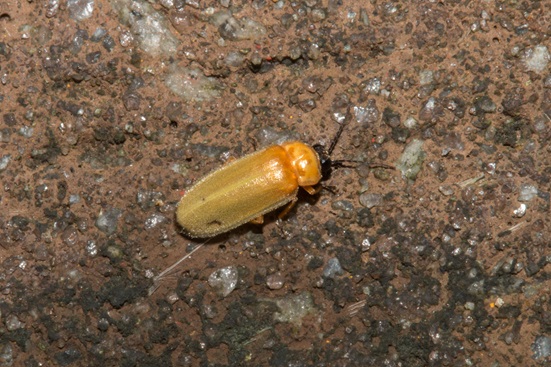
-(1-of-2).ashx?h=367&w=551)
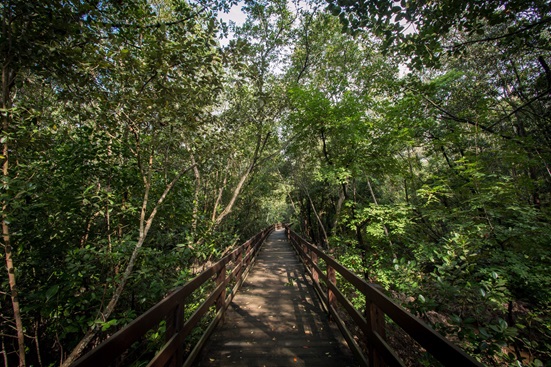
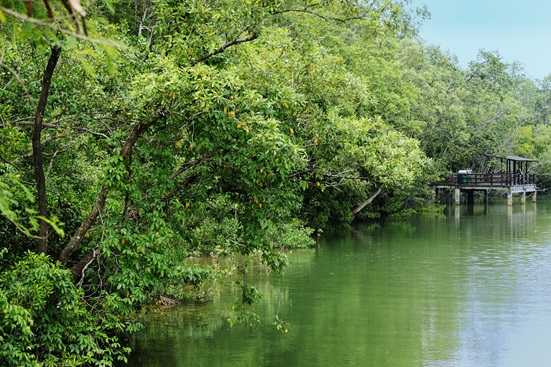
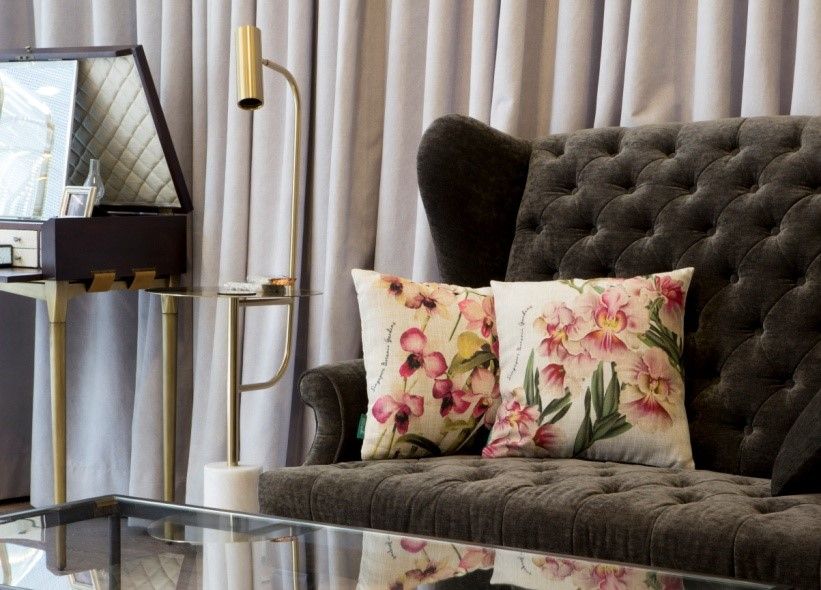
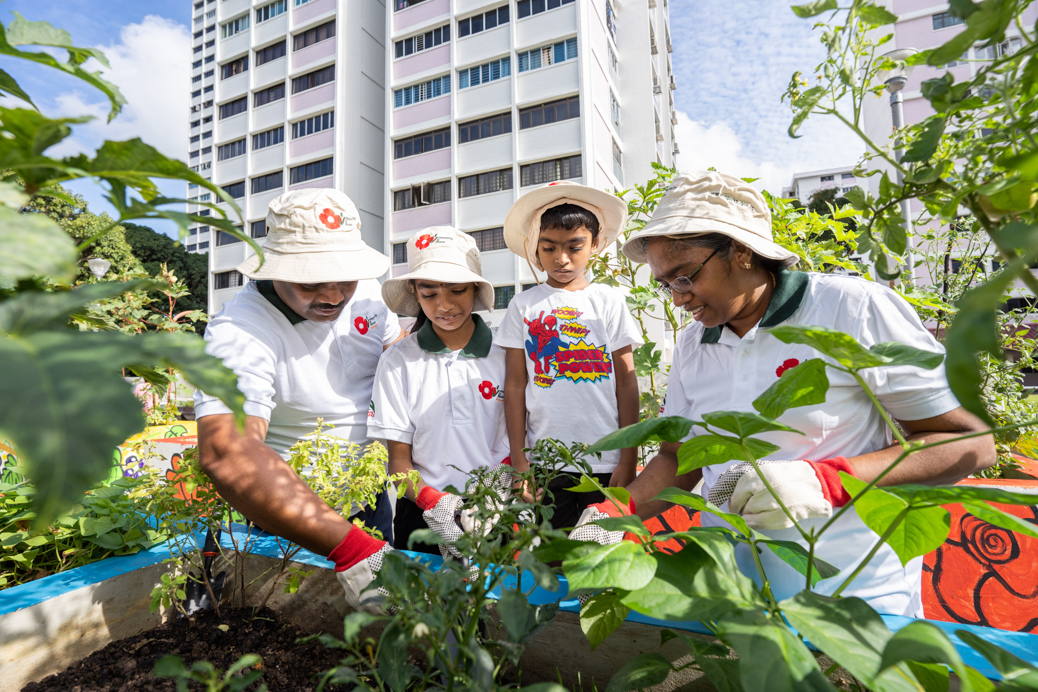
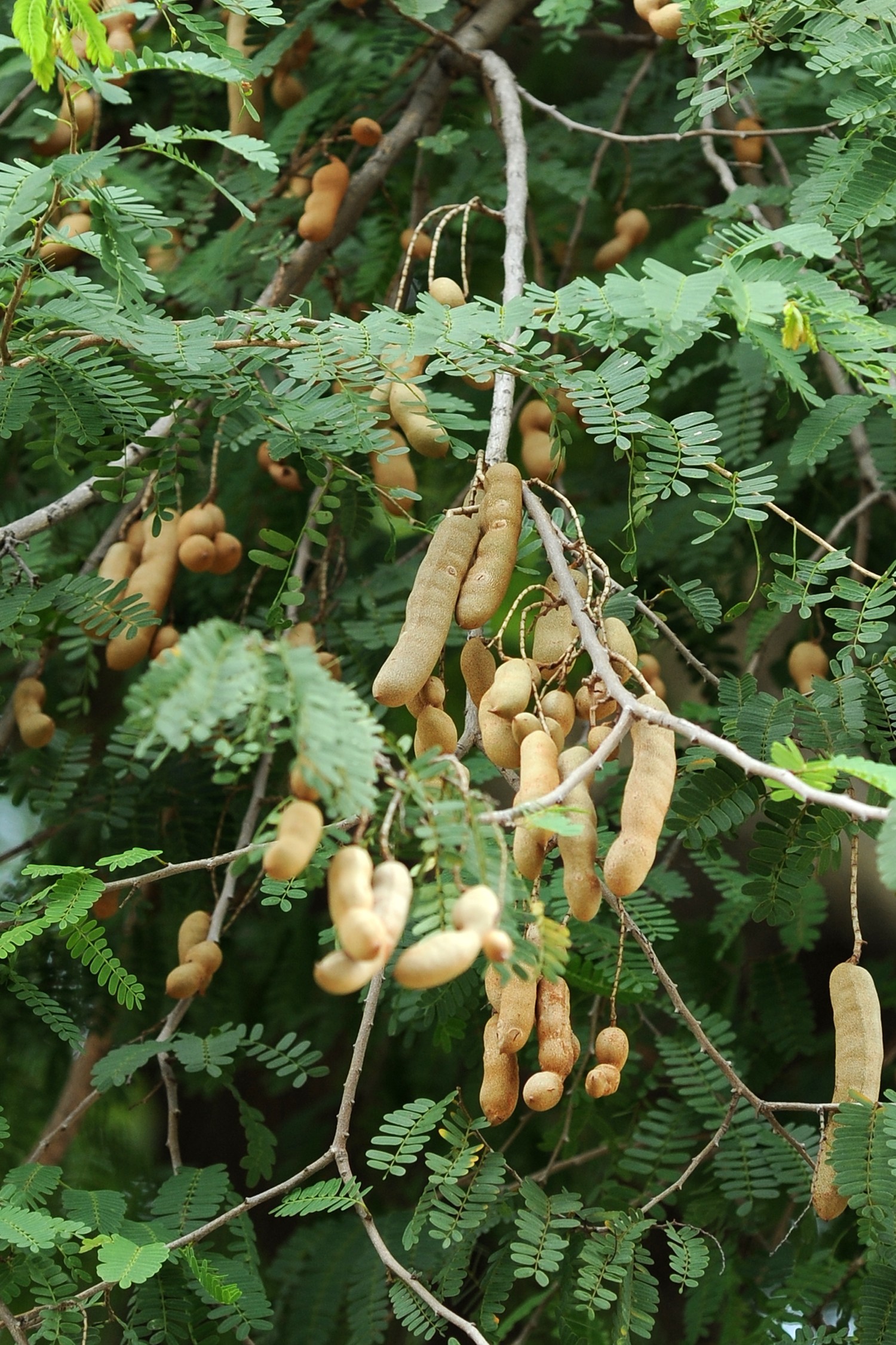
Have views or comments on this article? Let us know via this form. If you would like to give us feedback on any other areas relating to our parks and gardens, please submit via https://www.nparks.gov.sg/feedback